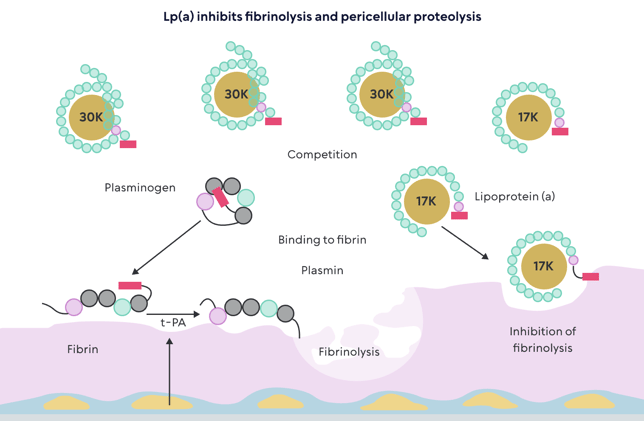The cardiometabolic space is more than just the obesity revolution. Although GLP-1 weight loss drugs, like Wegovy, could modify cardiovascular outcomes, addressing cardiovascular disease directly is a key trend we believe will come into the market’s focus in the next year. Let’s review the burst of innovation employing modern biotechnology.
Gene silencing and editing
The molecular code in DNA is used to make proteins, large molecules that govern the activity of human organisms. To do this, cells employ a specific biological machinery that involves code being passed from DNA to RNA via messenger RNA (mRNA). Genetic disorders mean that a faulty gene uses this same machinery to create proteins that lead to disease.
One such disease is transthyretin-mediated (TRR) amyloidosis with cardiomyopathy (ATTR-CM). In this rare but devastating disease aggregates of amyloid, an abnormal protein, are deposited in heart tissue affecting its proper function.
One ingenious solution, that is currently being developed by Alnylam for ATTR-CM, is to use what is called siRNA – a class of double stranded RNA. When a faulty gene is used to encode a protein, siRNA can match that sequence in mRNA and thereby target the mRNA for degradation. In effect this silences the gene.
Alnylam is hoping that Vutrisiran , that blocks the production of the TTR protein could indeed lead to this type of gene silencing. The vutrisiran study will read out in Q1 2024. Investors will try to determine whether this approach is better than standard of care - currently, tafamidis, which is an oral drug that operates on a different approach - stabilizing the TTR tetrameric protein (thereby avoiding pathologic aggregates that cause the disease).
The outcome of the data could also shed light on the promise of gene editing approaches to tackle this disease, as Alnylam could set a clinical bar for success. Intellia Therapeutics, which is a leader of in vivo CRISPR gene editing, recently initiated a pivotal study of its gene editing approach for the treatment of TTR amyloidosis. Gene editing could potentially be more potent and durable, but the long-term side effects are still forthcoming. 
Lp(a), or Lipoprotein(a), is made up of an LDL-like particle and protein called apoprotein(a). Lp(a) has been established as a risk factor for coronary heart disease and stroke. One mechanism is that Lp(a) inhibits the breakdown of fibrin in blood clots, thereby leading to thromboembolic events.
Similar to SiRNA, Blocking Lp(a) through antisense oligonucleotide approach – like pelacarsen being developed by Ionis (partnered with Novartis), could allow the breakdown of blood clots. This approach could reduce cardiovascular risk. Novartis is conducting a large, randomized study that examines whether pelacarsen can improve cardiac outcomes in patients with established cardiovascular disease. This study is expected to read out in 2025
Why this matters?
Cardiovascular disease is still the number one killer globally and there is a huge unmet medical need. The next few years hold a lot of promise in terms of novel approaches employing next generation technologies
to tackle these disorders.


 Back
Back


.png)
